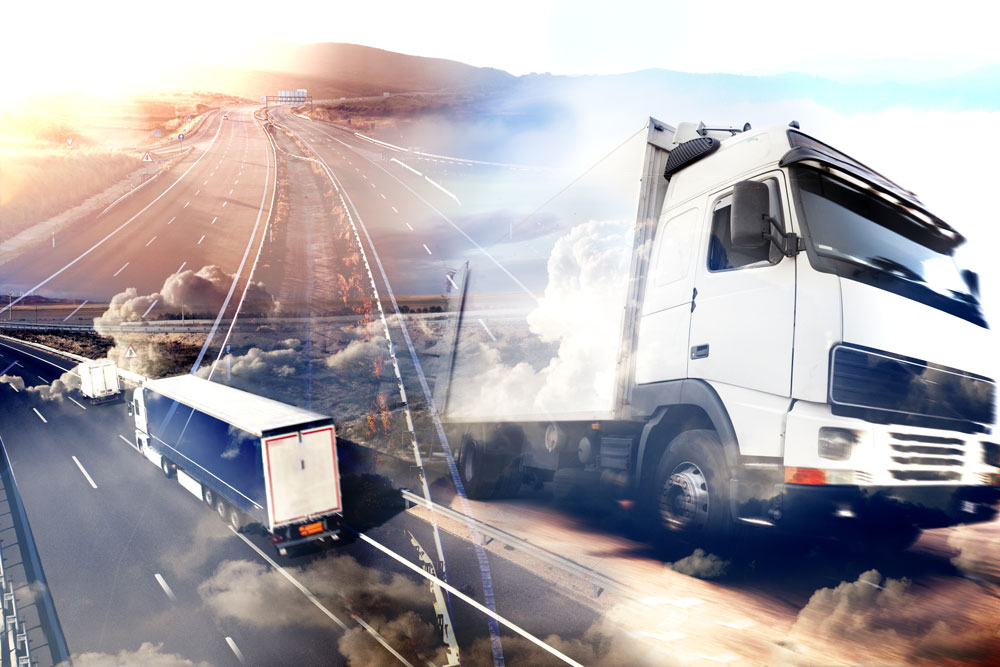International road transportation and its direct end users are dealing with multiple changes.
In these volatile times, we all need dependable partners. International goods forwarding especially needs to provide flexibility and complex knowledge to progress. On the other hand, it is already a fact that Europe is dealing with a shortage of drivers, delays in the delivery of heavy goods vehicles, and inflationary trends that will weigh on activity. It is rather difficult to predict exactly how the road freight market will look in 2023, as it can be affected by the above-mentioned factors as well as global economic conditions, trade policies, and global supply chain disruptions.
Yet, international road transport is still the most recognizable transport service among others: sea, air, or intermodal in Europe – it provides speed-to-shelf solutions, good visibility, and quick shifts when needed. It is the most flexible service, also safe and reliable. Only by ensuring safe, secure, and compliant deliveries the freight forwarding companies are also securing their clients’ trust. Regardless of the type of goods (generic to chemical) or regulations (local or international), road transportation must mix understanding of requirements, professional experience, and environmental orientation to provide appropriate solutions.
As a rule of thumb, road transport follows the rebound of the economy.
Therefore, European road freight transport should benefit from a continuingly dynamic economy in 2023, despite analysts predicting slower growth rates. We can deduce that the replenishment of stocks is likely to boost the volumes, primarily through the acceleration of e-commerce. Taking into consideration that the demand for e-commerce is rapidly increasing and the need to transport time-sensitive goods quickly grows here as well. This expanding trend of online retail requires logistics companies to be more agile and responsive to changing consumer demands. This will likely lead to an increase in the number of small-scale logistics providers and the use of new technologies such as drones and autonomous vehicles to improve last-mile delivery. While e-commerce has enjoyed quite a leap in development in the past years, predictions for 2023 rather state a deceleration of consumption, with users becoming more focused on saving, than spending given the current market situation.
The growing technology and changing consumer demands dictate an increasing need for sustainable and environmentally friendly logistics solutions. The optics focus now on sustainability and environmentally friendly practices, such as the use of electric and hybrid vehicles, as well as the adoption of “green” logistics strategies. The outlooks for the upcoming year(s) will aim attention at those aspects. Alternative fuel vehicles are also a part of the effort to reduce carbon emissions and improve sustainability. This will probably lead to the development of new charging and refueling infrastructure.
Additionally, there are also trending last-mile delivery solutions, such as drones and autonomous vehicles, which are meant to improve delivery speed and efficiency for e-commerce and online retail companies. In road transport services the rapid growth of technology such as GPS tracking, telematics, and automation helps to improve efficiency and visibility throughout the supply chain. The increasing automation is also observable in warehouses and distribution centers – with the use of robotics and other technologies efficiency is upgraded and labor costs are being reduced. This means that the logistics industry requires investing in new technologies and developing new skills.
Finally, as trade continues to grow globally, the logistics industry in Europe will be impacted by trade agreements and regulations. The industry will have to adapt to the new rules and regulations to be able to move goods seamlessly across borders.
Overall, the transportation industry in Europe is facing several challenges and opportunities, and the companies that can adapt to these changes and invest in the necessary technologies and skills will be best positioned for success in the future.

